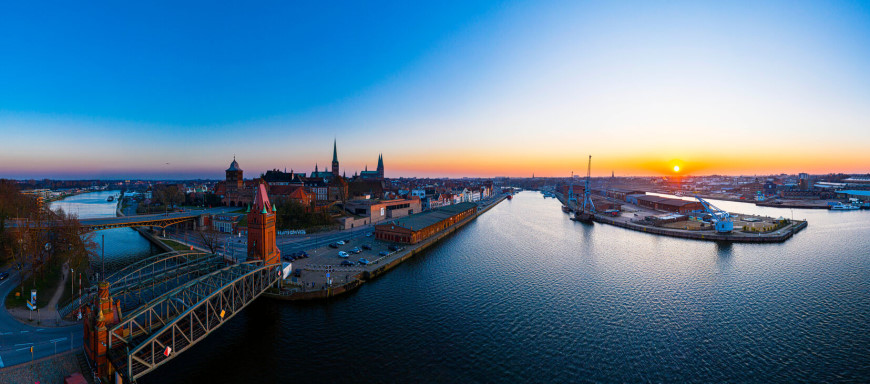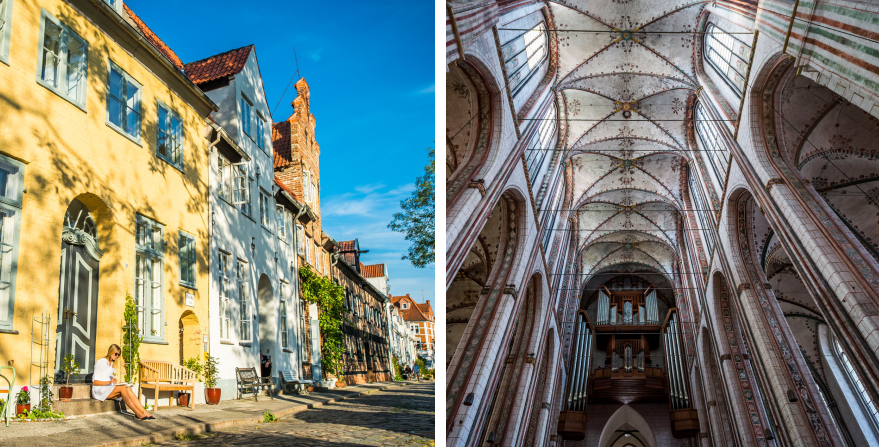cGMP: Generators, Effectors and
Therapeutic Implications
About Lübeck
Lübeck, the jewel in the crown of Hanseatic cities, was founded in 1143 and prospered until the 16th century as the major trading centre for northern Europe. Lübeck’s Old Town, with its 15th- and 16th- century red brick aristocratic residences, remains untouched and has been designated a UNESCO World Heritage site since 1987. The Gothic, Renaissance, Baroque and classical architecture, alongside its narrow streets, churches, monasteries, merchants’ houses and fortifications come together to form a remarkable city.
Perhaps the most famous son of the city is writer Thomas Mann. One of his most famous novels “Die Buddenbrooks”, for which he received the Nobel Prize in Literature in 1929, is set in Lübeck.
Today, Lübeck is still the second largest German harbour on the Baltic Sea and the port with the greatest number of ferry crossings to Scandinavia.

It is a university city with ca. 220,000 inhabitants and, thus, the second largest city in the northern German state of Schleswig-Holstein. However, Lübeck has retained the charm of the original port city and welcomes guest and visitors with its motto “Concordia domi foris pax”– harmony inside, peace outside.

